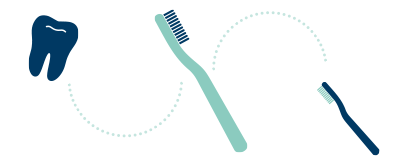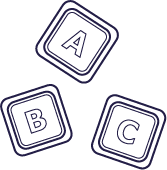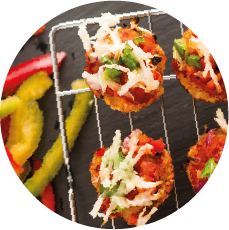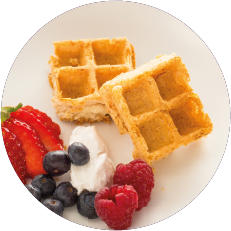When it comes to cutting their first tooth each child is different. It is usual for the first milk tooth to appear at around 6 months.
From this point onwards, it is advised that you brush your child’s teeth regularly and take them to the dentist for routine check-ups.
Many children suffer with pain and discomfort when they are teething and it is not unusual for them to have a reduced appetite. Teething rings are useful for soothing pain as they are soft and pliable and apply pressure to gums when chewed.
They can be kept in the fridge to keep them cold too. There are many off the shelf teething remedies available as well as over the counter options to help at this time*.
Any food or drink consumed will contribute towards tooth decay unless a good dental hygiene routine is followed.
If the second stage protein substitute is taken just before food (as recommended) the likelihood of dental problems may also be reduced. It is advisable to avoid brushing teeth for up to an hour after your child has taken their second stage protein substitute.
This is because it contains sugar, which naturally weakens the tooth enamel and brushing immediately after could damage delicate teeth. Alternatively, straight after a meal encourage your child to rinse their mouth with water.




